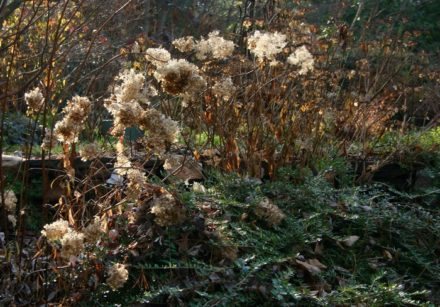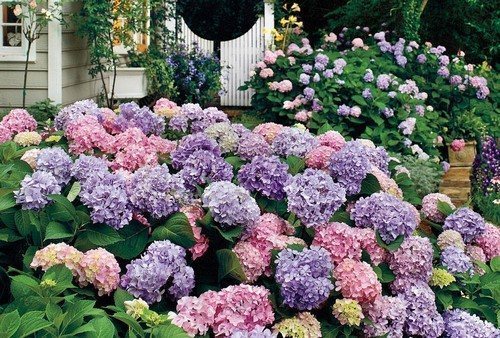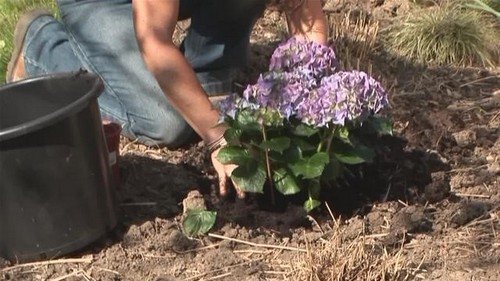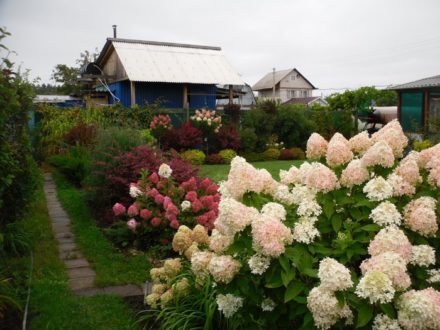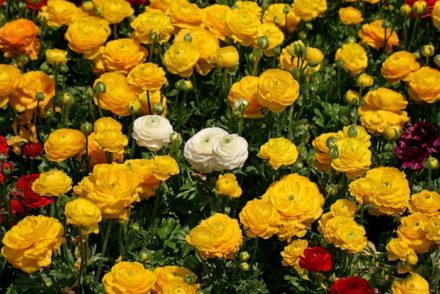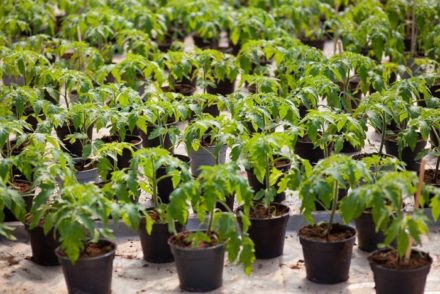More recently, colorful Hydrangea has gained great popularity in Russia. Fences and garden areas are decorated with abundantly and brightly flowering shrubs; attractive standard trees are formed from individual shoots, and small bushes are kept in pots on window sills.
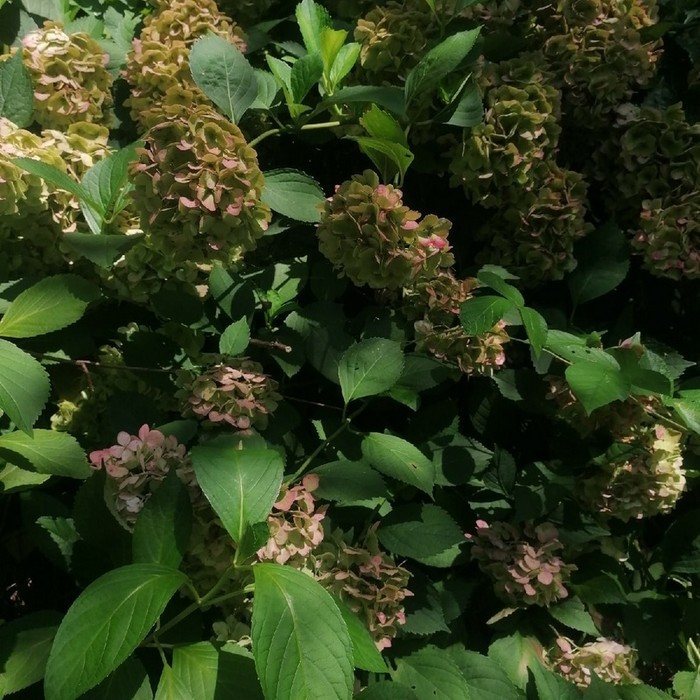
However, the cost of rooted cuttings is very high. Mature plants are much more difficult and more expensive to purchase. Get an outlandish Hydrangea you can do it yourself. This plant is found in the southern territories of the country, as well as in the mountains of Abkhazia. There are presented the most unusual colors of large, lush inflorescences right in the wild.
To obtain several cuttings, 2-3 branches of the plant will be enough. They are carefully cut with a knife almost to the root. You can take them both in the green state and in the initial stages of lignification. The stems wrapped in a damp cloth tolerate transportation well.
Upon arrival home, the stems are cut into cuttings 8-12 centimeters in size. The cut is made obliquely under the lower bud. For rooting cuttings, a container with regular sand is best suited. The branches are immersed in the substrate at an angle of 45 degrees to a depth of 1-2 centimeters. Each cutting is covered with a glass jar on top. It is unacceptable for the leaves on the stem to touch the sand or each other.
In the shade in warm weather, the cuttings take root in about a month.After this, with proper care, the active development of future independent plants begins. During this period, the jars are removed from the cuttings, and each one is planted in a separate pot.
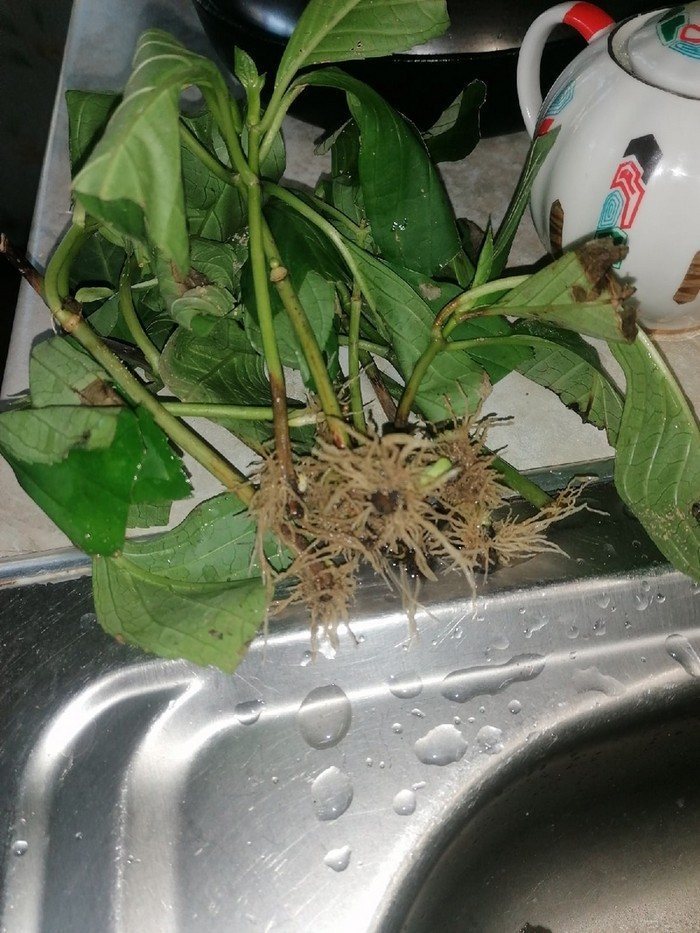
Plants that have not yet matured require close attention, control of moisture, lighting and soil acidity. Hydrangea loves acidic soil, so commercial soil with a pH level of at least 7 is best for cuttings.
After leaves begin to appear on the branches, and the shoots become large and the plant stretches, it should be transferred to open ground to a preliminary place of residence. During the winter, the bushes are covered, and the next year they can be subjected to the first formation.
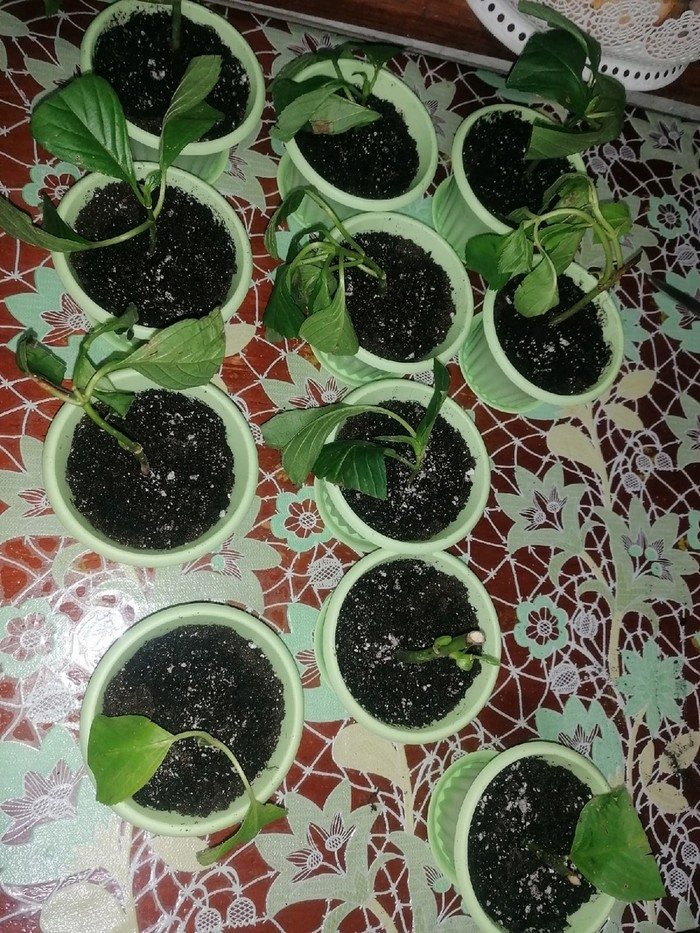
Hydrangea is not a difficult plant to propagate. To get your own lush bush, you just need to put in a little effort and carry out standard procedures. The plant takes root quite easily, and proper care will only simplify and speed up this process.



